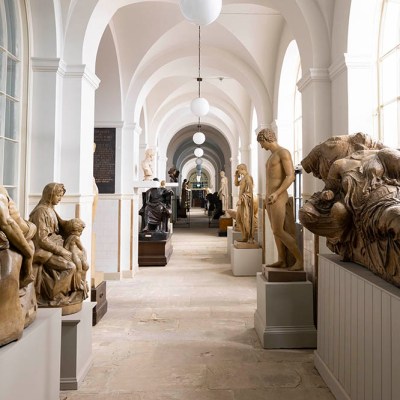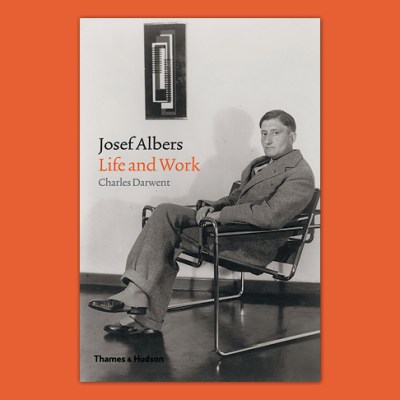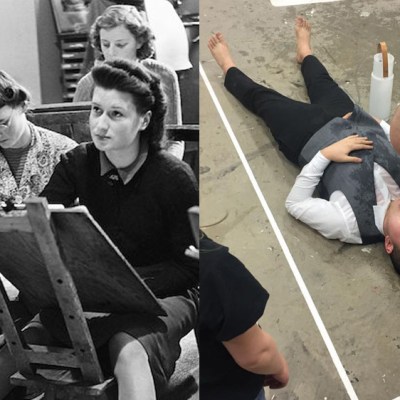I was 20 minutes into my first life-drawing class at the Art Students League in New York when the instructor, Costa Vavagiakis, reminded me of the importance of the three Rs. I’m probably a little far gone to fix my reading, writing and ’rithmetic, but he had other disciplines in mind: those of Rubens, Rembrandt and Raphael. The pillars of the academic tradition may count for little in most art schools these days, but they were important when the League opened its doors 150 years ago and they remain so there today.
The League was established in June 1875 and its home since 1892 has been a French Renaissance-style building on 57th Street – a reminder of a time when the New York gallery world stretched out along this uptown corridor. It was founded partly as a refuge from the conservatism of the then dominant National Academy of Design. In contrast to the hierarchical and exclusive character of such academies, the League was modelled on the ateliers that were emerging in Paris, with teaching arranged around a series of studios each overseen by a different artist. It has never aimed to bestow laurels: it has never awarded degrees or diplomas of any kind, not even grades. Instead it has worked to broaden access to art education and maintains an open admissions policy. Students register each month for classes and can drop out and return at any time; everyone is journeying at their own pace. After being issued with a list of artists’ materials to obtain, I turned up at 6pm, took a seat and a model strolled out from behind a screen, threw off his robe and struck a pose. My art education had begun. Vavagiakis wandered over a little while later and took his newest (and least promising) prospect in hand.
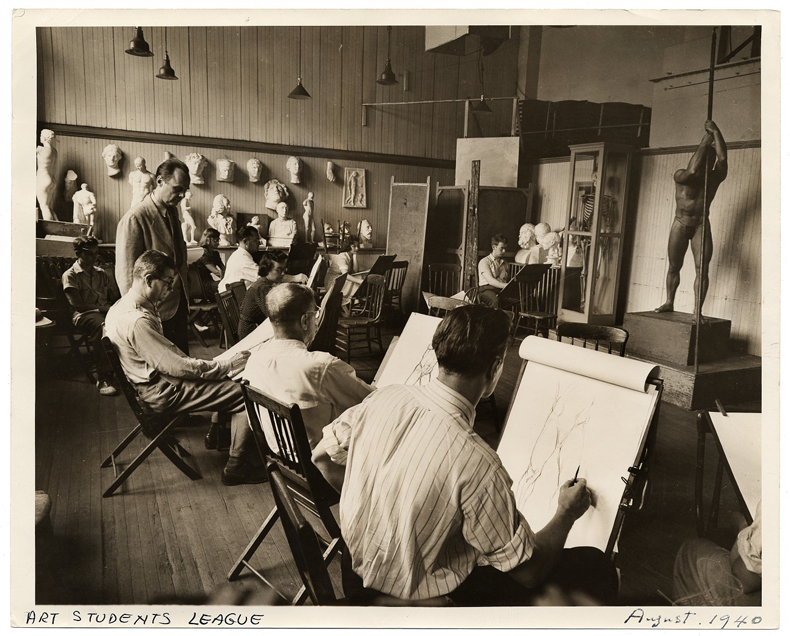
Vavagiakis likes to start by setting out some first principles: sketch out contours lightly, then return to them; move around the sketch, let it emerge. He sat there explaining while his pencil flew about as if from muscle memory alone. He laid down these maxims then moved on to the next student. If you imagine a life-drawing class to be slow and tedious, this was not: the poses were timed, the model striking five two-minute poses, then four five-minute poses, then two of ten minutes, then finally one longer pose of 20. After a few weeks I felt I could see the human body in a new way, could set it down on paper, however clumsily – though when I tried to sketch out a simple landscape, I was lost.
Vavagiakis makes still lifes and plein air landscapes, but at the heart of his practice is the human figure, which he confronts with fine-grained scrutiny. This places him squarely in a League tradition that encompasses some of the most renowned names to have passed through the school, either as teachers or as students. Among them are Robert Henri, Norman Rockwell, Paul Cadmus, John Sloan and Raphael Soyer. Henri was a legendary instructor and although he was associated with urban realism he taught artists as disparate as the modernist Stuart Davis and the Abstract Expressionist Adolf Gottlieb. The years when the League was central to New York’s art scene were those when the human figure was in vogue. But the school’s teaching is catholic and that has helped to make it enduringly attractive. Currently you can pursue classes in everything from printmaking and sculpture to fashion illustration, comics and animation. This breadth explains some of the more surprising names to have passed through the League’s doors, among them Yayoi Kusama, Louise Bourgeois, Romare Bearden, Jackson Pollock, Mark Rothko, Barnett Newman, Georgia O’Keeffe and Robert Rauschenberg.
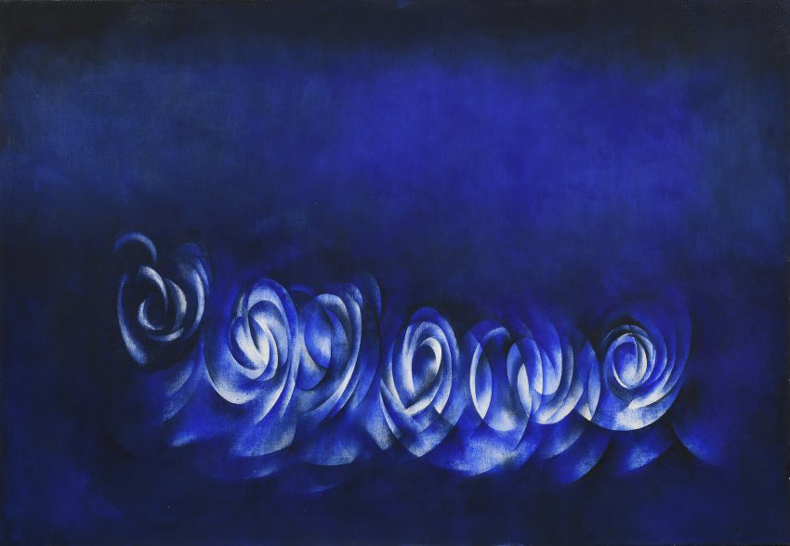
Few of these artists found their mature styles while studying at the League but that didn’t mean it wasn’t formative. Pollock left Los Angeles to take classes at the League from the American Scene painter Thomas Hart Benton; looking back, he called him a ‘strong personality to react against’ and even after turning to abstraction he continued to cherish Benton’s lesson that art had to arise from personal experience. The League’s accessibility has also been important for artists who have come to their practice from outside the fields of fine art. For Robert Smithson, the intellectually brilliant land artist, it was the only formal art education he ever had: he enrolled in life drawing and cartooning classes during his high school years, which fundamentally shaped his early work. Donald Judd, the future minimalist, had studied philosophy before he enrolled in classes at the League in the early 1950s; so had Rothko, 30 years earlier. At the League, years before he evolved into an Abstract Expressionist, Rothko studied still life and life drawing, and from his different instructors he learned different modes – one painterly, one linear – which gave him a flexibility that he brought to bear in later years.

To be able to walk off the street and into studios that have nurtured these talents is intoxicating. I came to love the place and would regularly drop into the League’s art materials shop to try something new. One day, I went in to ask how I could dilute and layer the pigments I was using. I realised, after a moment, that I was asking how Rothko painted. I suppose I was in the right place to ask.

‘The Abstract Expressionists’ and ‘Reexamining Realism’ are at the Art Students League, New York, from 4 September–31 December. 150 Stories: Lives of the Artists at the League (ed. Stephanie Cassidy) is published in September (Arts Students League).

